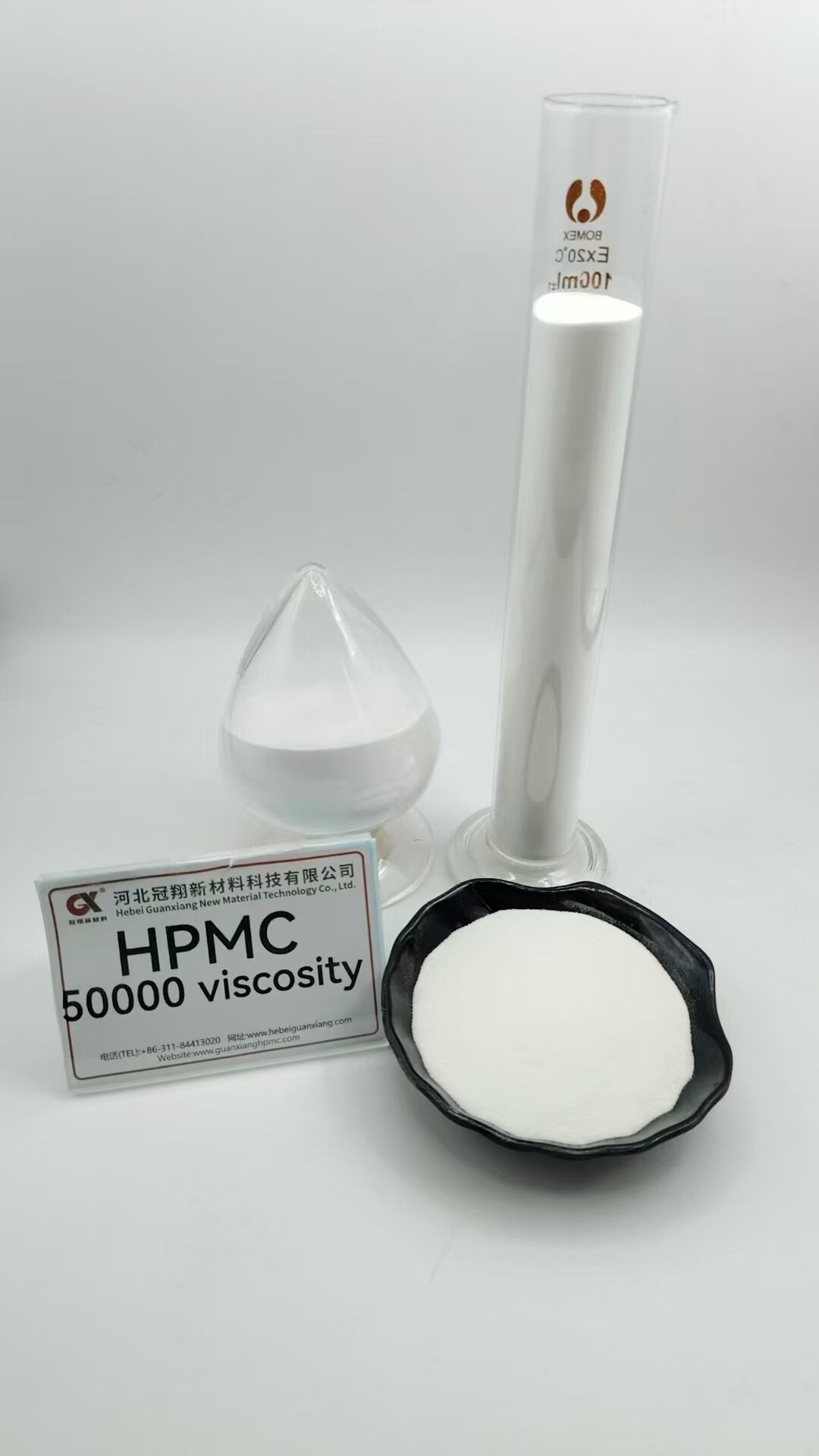Revolutionizing Manufacturing with Advanced Cellulose Technologies
The manufacturing industry is witnessing a transformative era with the increasing adoption of ceramic grade cellulose across various sectors. This remarkable material, derived from refined plant fibers, has become indispensable in modern manufacturing processes due to its exceptional properties and versatile applications. As sustainability and efficiency become paramount concerns in industrial production, ceramic grade cellulose emerges as a solution that addresses both environmental responsibilities and performance requirements.
In recent years, manufacturers have discovered numerous innovative ways to incorporate ceramic grade cellulose into their production processes, leading to improved product quality and reduced environmental impact. This sophisticated material's unique combination of strength, purity, and adaptability has made it a cornerstone in modern manufacturing techniques.
Primary Applications in Industrial Manufacturing
Ceramic Component Production
The integration of ceramic grade cellulose in ceramic manufacturing has revolutionized the production of high-performance components. When used as a binder and processing aid, it enhances the structural integrity of ceramic products while improving their overall quality. Manufacturers particularly value its ability to create uniform dispersion and optimal rheological properties during the ceramic forming process.
Advanced ceramic products benefit from the precise control over porosity and density that ceramic grade cellulose provides. This control is crucial in applications ranging from industrial filters to advanced electronic components, where specific material properties are essential for optimal performance.
Filtration Systems Development
In the realm of industrial filtration, ceramic grade cellulose plays a pivotal role in creating efficient and durable filter media. Its unique fibrous structure and chemical stability make it ideal for developing high-performance filtration systems that can withstand demanding industrial conditions while maintaining consistent performance levels.
Manufacturers utilize ceramic grade cellulose to produce filters with precise pore sizes and distribution, enabling effective separation of particles at the microscopic level. This capability has proven invaluable in industries requiring ultra-pure processing environments, such as pharmaceutical manufacturing and semiconductor production.
Advanced Material Engineering Applications
Composite Material Enhancement
The integration of ceramic grade cellulose in composite materials has opened new possibilities in material engineering. When incorporated into polymer matrices, it significantly enhances mechanical properties while reducing overall weight. This characteristic makes it particularly valuable in aerospace and automotive manufacturing, where strength-to-weight ratio is crucial.
Manufacturers have successfully developed innovative composite materials that combine the natural properties of ceramic grade cellulose with synthetic materials, resulting in products that exhibit superior performance characteristics while maintaining environmental sustainability.
Surface Treatment Applications
Surface modification and treatment processes have been revolutionized by the introduction of ceramic grade cellulose-based solutions. Its ability to create uniform, durable coatings has made it essential in manufacturing processes requiring precise surface characteristics.
Industrial applications include the development of wear-resistant coatings, anti-corrosion treatments, and specialized surface modifications for advanced materials. The versatility of ceramic grade cellulose in surface treatment applications continues to expand as new technologies emerge.

Sustainable Manufacturing Practices
Environmental Impact Reduction
The adoption of ceramic grade cellulose in manufacturing processes significantly contributes to environmental sustainability goals. Its biodegradable nature and renewable source material make it an environmentally responsible choice for manufacturers looking to reduce their ecological footprint.
Companies implementing ceramic grade cellulose in their production processes report substantial reductions in waste generation and energy consumption. This aligns perfectly with global initiatives for greener manufacturing practices while maintaining high-quality standards.
Resource Optimization
Manufacturers have discovered that ceramic grade cellulose enables more efficient use of resources throughout the production process. Its unique properties allow for optimized material consumption and reduced processing times, leading to significant cost savings and improved productivity.
The material's versatility also contributes to reduced inventory requirements, as it can serve multiple functions within different manufacturing processes, streamlining resource management and operational efficiency.
Future Trends and Innovations
Emerging Technologies
The future of ceramic grade cellulose in manufacturing looks promising, with ongoing research revealing new potential applications. Scientists and engineers are exploring novel ways to enhance its properties and expand its utility in advanced manufacturing processes.
Emerging technologies include smart materials incorporating ceramic grade cellulose, self-healing composites, and advanced filtration systems that could revolutionize industrial processes. These innovations promise to further establish the material's importance in future manufacturing landscapes.
Industry Integration Prospects
As manufacturing continues to evolve, the integration of ceramic grade cellulose is expected to expand into new sectors. Industries previously unfamiliar with this material are beginning to recognize its potential benefits and are developing innovative applications.
The material's adaptability to various manufacturing processes and its alignment with sustainability goals make it particularly attractive for industries undergoing technological transformation or seeking to improve their environmental credentials.
Frequently Asked Questions
What makes ceramic grade cellulose different from standard cellulose materials?
Ceramic grade cellulose undergoes specialized processing that results in higher purity levels and more consistent physical properties. This processing ensures superior performance in manufacturing applications, particularly in ceramic production and advanced material development.
How does ceramic grade cellulose contribute to sustainable manufacturing?
As a naturally derived material, ceramic grade cellulose is biodegradable and renewable. Its use in manufacturing processes typically results in reduced energy consumption, lower waste generation, and improved resource efficiency, supporting sustainable manufacturing goals.
What are the primary advantages of using ceramic grade cellulose in filtration systems?
Ceramic grade cellulose offers exceptional control over pore size and distribution, high chemical stability, and superior durability in filtration applications. These properties make it ideal for creating high-performance filter media that can maintain consistent effectiveness under demanding industrial conditions.
 EN
EN
 AR
AR
 CS
CS
 DA
DA
 NL
NL
 FI
FI
 FR
FR
 DE
DE
 EL
EL
 HI
HI
 IT
IT
 JA
JA
 KO
KO
 NO
NO
 PL
PL
 PT
PT
 RO
RO
 RU
RU
 ES
ES
 SV
SV
 IW
IW
 ID
ID
 SR
SR
 SK
SK
 UK
UK
 VI
VI
 HU
HU
 TH
TH
 TR
TR
 AF
AF
 MS
MS
 CY
CY
 IS
IS
 BN
BN
 LO
LO
 LA
LA
 NE
NE
 MY
MY
 KK
KK
 UZ
UZ


